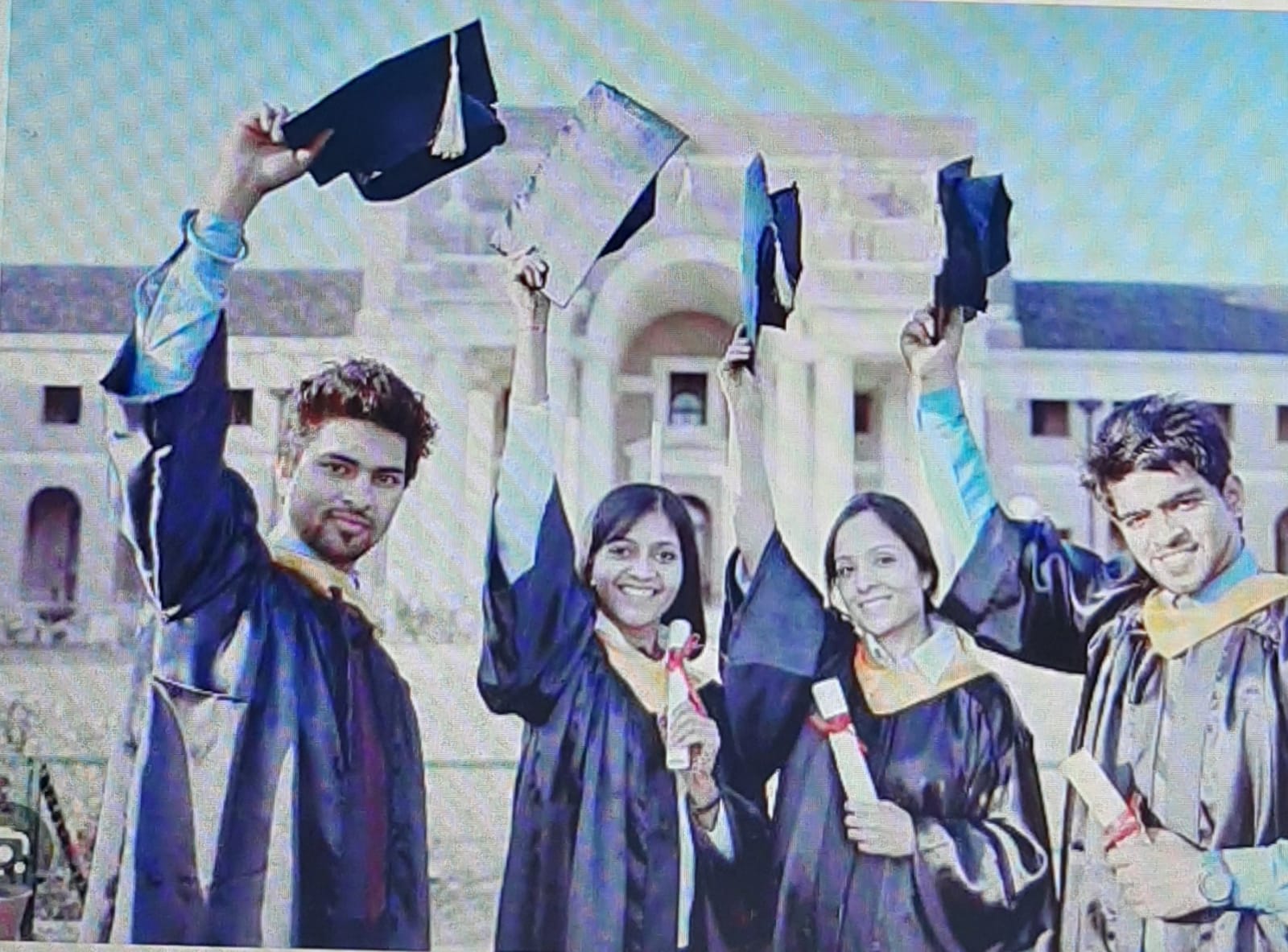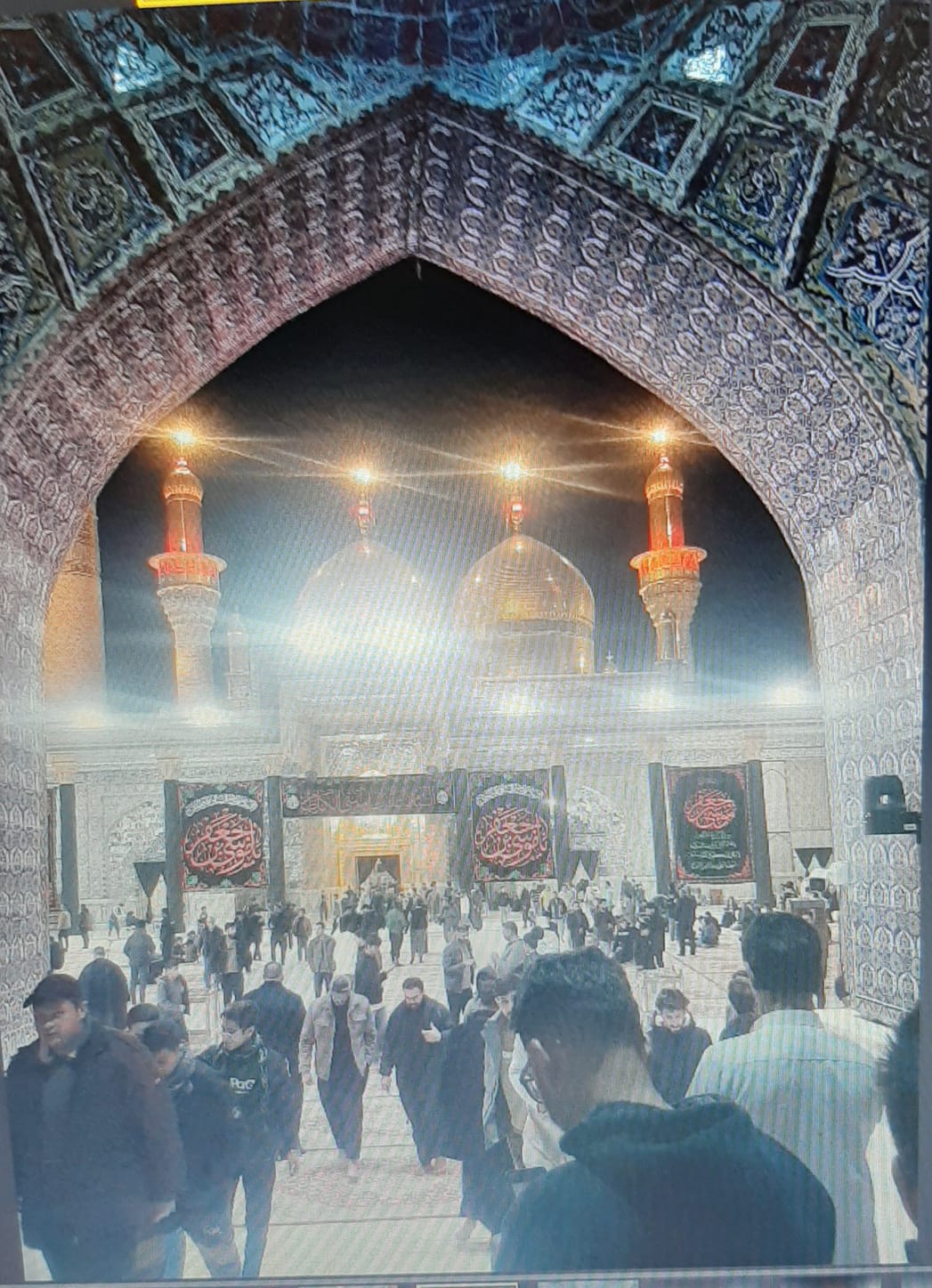
During a visit to Najaf in February 2025, I could assess during my discussions with people that for Ayatollah Sistani the Shia revival at the global level meant building on an identity common to millions of Iraqis, Iranians, Indians, Pakistanis, Lebanese and others in order to reap the gains for the united and peaceful spread of the faith and shared Shia global uniqueness, writes M Hasan
Lucknow, March 22: Even as millions of Shia Muslims all over the world mourned the death of first Shia Imam Ali Ibne Abu Talib today, Najaf and Kufa in Iraq were major centers of lamentation. Najaf, which over the centuries has evolved as important and powerful center of Shi’i theological learnings, has been globally playing key role in keeping the flag of “Tashshayu” flying high.
Najaf seminary, which was founded by Great Shi’I scholar Sheikh Tusi in 11th century after being expelled from Baghdad, has been no doubt propelled to a position of extraordinary influence not only in Shia world but also in non-Shi’i world. Although Qom, Isfahan and Mashhad seminaries in Iran are also of great significance the role played, Najaf over the centuries is unparalleled.

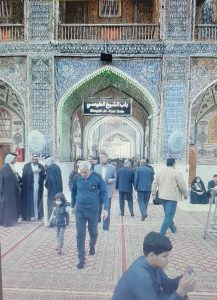
The Najaf seminary, like its counterpart in Iran, is rooted deeply in the ‘Usuli school of thought and instruction, and has served as important center of ‘Usuli scholarship since their ascents to prominence. Moreover, as paramount centers of Shi’ite learning, Najaf hawzat (seminary) wields a considerable degree of socio-political influence among other institutions followers. Najaf has been serving as patron and host to countless Shi’ite scholars-in-training. As seats of Shi’ite theological authority, the centre hosts maraja’ at-taqlid that serve to propagate its theological views and form reference points for Shi’ite legal scholars (faqih) around the world. Najaf has produced a gamut of Shi’ism’s most notable “Maraja” and many of whom are responsible for critical developments in Shi’ite religious thought and political philosophy.
In early history the Najaf seminary was eclipsed by its counterpart in Isfahan (Iran) the capital of Safavid dynasty. It was largely because of Persian state patronage to the Isfahan center. However later Safavids allowed the Najaf to rise to intellectual and political prominence in its’ own right. It was during this time in 16th century that Ibn Tawus emerged. Historically Safavids empire had played prominent role in emergence of Najaf seminary. It may be mentioned that later the consolidation of Najaf was pre-eminent center of Shiite learning was association with Sayyid Muhammad Mahdi Bahr al-‘Ulum (d. 1797), who revitalized the ‘Usuli school of thought in Najaf. Crucial to Najaf’s ascent to prominence too was also Shaykh Murtada al-Ansari (d. 1864), the most notable Shi’ite figure of the 19th century who was the first sole supreme exemplar (marja’ at-taqlid) accepted by the majority of the Shi’ite world. Ansari eventually settled in Najaf, thus cementing the seminary’s position as an undisputed center for Shi’a intellectual activity by the mid-nineteenth century. The establishment of a marja’ at-taqlid in Najaf provided the financial basis for the hawza’s future intellectual independence, as religiously-obligated alms paid to the new Najafi marja’ (known as khums) could independently subsidize teaching and scholarly activity at the Najaf hawza. This development effectively cemented Najaf’s centuries-long growth in intellectual prominence and eventual transformation into a financially, socially, and politically self-sustaining center of intellectual activity.
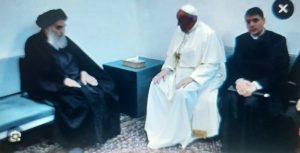
Throughout the early- to mid-twentieth century, the maraja’ of Najaf enjoyed relative non-interference from the state, despite the considerable political changes occurring within Iraq and the region. The emergence of secularist nationalism in the Shi’ite and Islamic world during the first half of the twentieth century appeared poised to weaken the traditional power of the clerical hierocracy. In spite of this ideological challenge, the Najaf seminary, beginning with the tenure of Grand Ayatollah Muhsin al-Hakim (d. 1970), experienced what has been described as a “golden age” of intellectual activity.
The community of scholars and students at Najaf grew by several thousands by the late 1970s. However, by the 1980s and with the beginning of Iraq’s war with Iran, the number of seminarians and students shrank considerably. This decrease was due in no small part to both the war’s effects on the Iraqi populace and the gradual “hardening” of the Saddam Hussain’s terrorist policies toward the Shi’ite in Iraq. Both Najaf and Karbala suffered heavily during terrorist regime of Saddam Hussain.
During this period the Najaf seminary experienced considerable state repression as both a preventative and retributive measure intended to insure state stability from the organized socio-political power of the ‘ulema. Seminarians thought to be linked to the I nsurrection were monitored, with steep penalties for perceived opposition to the Ba’athists’ terror rule. The effects of this crackdown on the Iraqi ‘ulema were severe: the UN special rapporteur for human rights in Iraq calculated that, by 1991, there were only 800 Shia clergy in all of Iraq, as compared to 8,000 in 1971; the remainder had been killed, jailed, or had gone into exile. This period coincided with the tenures of Ayatollahs Khoei (d. 1992) and Ayatollah Seyyad al- Sistani as maraja’ of Najaf, who led the institution into the 21st century. The turmoil Iraq and the Najaf seminary experienced through the past 50 years have imparted a degree of caution upon its maraja’ and seminarians. Wishing to remain a stabilizing influence within society, the Najaf seminary seeks to limit the bounds of its authorities to the traditional, religiously defined constituency; in short, the Najafis may indeed be described as quietist.
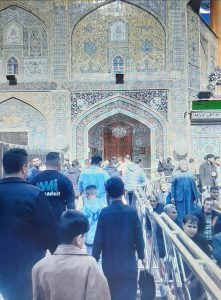
With the fall of Saddam Hussain in 2003 Iraq produced a powerful spiritual leadership in Ayatollah Sistani. He has emerged as an undisputed global religious leader for Shias with massive funds flowing to Najaf from all over the world for religious activities. Ayatollah Sistani is from old school. Apart from being foremost scholar, intelligent and well-read he has a keen appreciation of the history and a gift for seeing the big picture of all issues. Outside his small house on road leading to Tomb of Imam Ali one can see long queue of visitors since dawn everyday to just have a glimpse of the person, who has risen to great scholarship because of his own unique qualities. Sistani’s camp, which presents quietist posture also includes other grand Ayatollahs of Najaf Muhammad Ishaq al-Fayyad Bashir al-Najafi al Pakistani, Said Al Hakim and others. During my visit to Najaf in February 2025, I could assess during my discussions with people that for Ayatollah Sistani the Shia revival at the global level meant building on an identity common to millions of Iraqis, Iranians, Indians, Pakistanis, Lebanese and others in order to reap the gains for the united and peaceful faith and shared Shia global uniqueness.
(M Hasan is former Chief of Bureau Hindustan Times, Lucknow)




